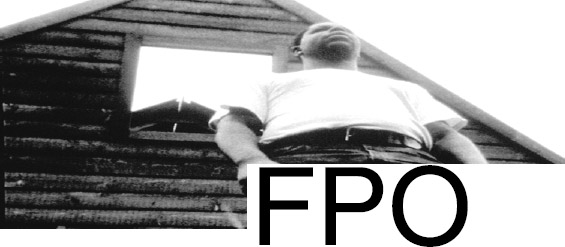DEVELOPING STRATEGIES FOR THE CONSERVATION OF INSTALLATIONS INCORPORATING TIME-BASED MEDIA WITH REFERENCE TO GARY HILL'S BETWEEN CINEMA AND A HARD PLACEPIP LAURENSON
1 INTRODUCTIONOver the past eight years Tate has been working to establish standards of care for the conservation of artworks that incorporate film, video, and audio. In this article I shall discuss the strategies we are developing and the approach to the conservation of time-based media with reference to a particularly complex installation, Gary Hill's (b. 1951) Between Cinema and a Hard Place(fig. 1). “Time-based media” is a useful term to describe installations that have a duration and therefore have to be experienced in the context of the passing of a period of time. Fundamental to Tate's approach to the conservation of contemporary art is the notion that the artist's intent should guide our practice. Since most of the artists represented by this part of the collection are living, it is possible to interview them about the details of the installation, their attitudes to changing technology, the parameters of acceptable change, and their views about what aspects of the installation are essential to preserve. This interview is a collaborative exercise that is predicated on the idea that a collector has the responsibility for the conservation of the work. For much of contemporary art, meaning has shifted away from the unique and precious object, and conservation practice has to reflect this change and to recognize different types of complexity and different types of vulnerability. The artist Bill Viola (b. 1951) explains,“As instruments of time, the materials of video, and by extension the moving image, have as part of their nature this fragility of temporal existence. Images are born, they are created, they exist and, in the flick of a switch they die. Paintings in the halls of the museum in the middle of the night are still there, a form of sleep. But in the room of the video projections, there is nothing. The images are thoroughly non-existent, gone into some other
An installation such as Between Cinema and a Hard Place is at greater risk than more traditional sculpture of not being installed correctly or not being displayable in the future. Essentially these works do not really exist until they are installed, and each time they are installed they depend heavily on those responsible to manage a complex array of detail and to know how the work is to be shown correctly. Although a painting can be hung badly, there are fewer things that can go wrong with its display or that can be changed simply as part of the process of putting the work on display. Time-based media installations are often dependent on technology that can quickly become obsolete, making it inevitable that elements will have to be changed. How these changes are managed is essential to the conservation of the artwork. Reflecting the move in contemporary art away from the material object, the conservator's role now encompasses a broader notion of preservation and care. Conservation is no longer focused on intervening to repair an art object; it is now concerned with documentation and determining what change is acceptable and managing those changes. To ensure that artworks will be accurately installed in the future, conservators must consider elements of an installation that affect the viewer's experience. These might require documenting the space, the acoustics, the balance of the different channels of sound, the light levels, and the way viewers enter and leave the installation. These elements are just as important to the conservation of the work as the more tangible or material elements. Success is the ability to continue to display these works in accordance with the artist's intent. A conservator also has a responsibility to preserve the historical quality or character of the work both in relation to the history of contemporary art and the development of an artist's work throughout his or her life-time. Although the conservation strategies employed may look very different from traditional conservation practice, their rationale has roots in established notions of collections care and management. |
